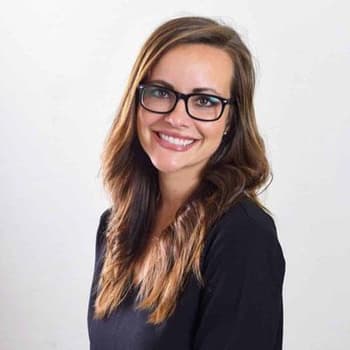Opioid prescription rates have been a source of criticism during the opioid epidemic. Areport from the Centers for Disease Control and Prevention(CDC) explained that 47,600 people died in the United States in 2017 from an opioid overdose — 36% of those deaths were due to prescription drugs.Naloxone (Narcan)is an opioid overdose reversal drug that can save the life of someone who is overdosing. Naloxone is available at retail pharmacies and may be obtained with or, in some states, without a prescription. First responders, law enforcement officials and concerned citizens may carry naloxone to use if they witness an overdose.
According to the CDC’s report, 106% more naloxone prescriptions were issued in 2018 than in 2017. However, there is still a significant disparity between the number of opioid prescriptions and the number of naloxone or other opioid overdose drug prescriptions.
1:69 Ratio of Overdose Reversal Prescriptions to Opioid Prescriptions
The CDC report highlights that there is only one opioid overdose reversal prescription issued for every 69 opioid prescriptions. The study further found that naloxone was offered most frequently by psychiatrists, pediatricians and specialists for addiction issues. The lowest rates of prescribing were found with primary care doctors, surgeons, pain specialists and physicians’ assistants.
Opioid prescription rates are declining. According to the American Medical Association’s Opioid Task Force’s 2019progress report:
Treatment Can Be Life Changing. Reach out today.
Whether you are struggling with addiction, mental health or both, our expert team is here to guide you every step of the way. Don’t wait— reach out today to take the first step toward taking control of your life.
- The number of prescriptions for opioids decreased by 33% since 2013
- In 2018, 168.8 million opioid prescriptions were provided
- Two million physicians are registered with drug monitoring databases
- In 2018, 700,000 physicians completed continuing education training that included opioid prescribing, pain management and screening for substance use disorders
- In 2018, 598,000 naloxone prescriptions were provided
Limiting access to these drugs and increasing access to overdose-reversal drugs prevents people from developing new addictions while helping protect the lives of people already struggling with an addiction. Overdose reversal is possible with drugs like Narcan.
Overdose Reversal Drug Dispensing is Lowest in Rural Counties
State governments establishing a rural opioid overdose reversal grant program is an important part of addressing the cost of naloxone in rural, low-income communities. Naloxone and other drugs that reverse an overdose should be available at pharmacies and most public health facilities. One company,Next Naloxone, started programs in many states that offer naloxone kits through the mail to people in rural areas or who can’t find naloxone through other means.
Why Are Opioid Overdose Reversal Drugs Not Dispensed More?
Naloxone dispensing has increased, but it is still not sufficiently available in most communities. The CDC hasguidelinesfor opioid prescriptions that include prescribing naloxone to every patient who receives a high dose of opioid medication. The CDC explains that, if their naloxone-dispensing protocol had been followed in 2018,nine million moreprescriptions for naloxone would have been given.
Expanding Access to Naloxone to Reduce Opioid Overdose Rates
While opioid prescription rates have decreased, there is still a need for ongoing education and increased availability of overdose reversal drugs. According toresearchpublished in the Journal of the American Medical Association, co-prescribing naloxone with opioid prescriptions is an effective way to reduce overdose deaths. The study found that legally mandated co-prescription led to 7.75 times higher numbers of naloxone prescriptions being made.
Recognizing the Signs of Opioid Overdose
Signs of opioid overdoseare important to identify, which may include:
- Pinpoint pupils
- Decreased or labored breathing
- Unconsciousness
- Blue or purple lips
Observing early signs of opioid overdose can enable anyone to provide the necessary opioid overdose reversal drugs and contact emergency services. Receiving training for how to administer naloxone could save someone’s life.








